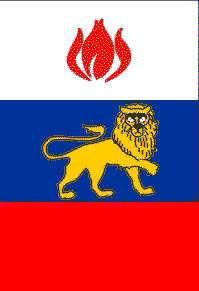
|
_____________
In this section of
____________
Go the section on _____________ Books: American Colonial and
Revolutionary War history or the people involved. We have suggestions
for you. _____________ Copyrighted.
© 2005
to Oct.2009, Leonard H. Bucklin.
-----
The
content of this site may not be reproduced except for brief excerpts for
reviews or scholarly references..
_____________
This is a history education and
research web site of the
|
Whaleboats were a part of the established industry of colonial Rhode IslandOmsbee's statement (discovered in 2006) is the first known mention of a whaleboat in the attacking force. Ormsbee indicated he was in a whaleboat with six men from Warren. In Rhode Island, in 1772, a "whale boat" was a specific kind of boat. Men of Rhode Island would not be likely to call a whaleboat a longboat, or vice versa.
There was an established whaling industry in Rhode Island. The whaling ships carried whaleboats, which were launched from the ship to get near the whales and harpoon them. Whaleboats were differently designed than the load-carrying longboats of a merchant vessel. Whaleboats were light and fast. built to be rowed by five men at a speed of five miles per hour. To get the longest leverage possible, for speed, the five oars for rowing were extraordinarily long oars. Because the boat was narrow, for speed, the oarsmen sat on the opposite side of the water in which their oar dipped. In other words, the oars of a whale boat run from an oarlock on one side of the boat, across the entire boat, to the rower on the opposite side (That is not a configuration of oars and rowers you would want to use if the center of the boat was to be used to carry men or supplies!) Whaleboats had six oars. One of the oars was different. Three oars used primarily for rowing were on one side of the boat; two on the other. On the side with two oars used primarily for rowing, the additional oar, (the sixth in the boat) was handled only by the mate in charge of the boat. This oar was designed only for steering, was a short oar, and was mounted vertically. The whaling industry was sufficiently developed so that whaleboats had a common size and design. Whale boats were usually 28 feet long and six feet wide. The reasons for the limited number of rowers were the lack of space in the boat and the lack of crew members on board the whaling ship. As to the first point, the whale boat needed to have in the boat a sail and sailing gear (it was better to use a sail to close on the whales) plus casks of line and other gear needed to harpoon and retrieve the whale. This used considerable space in the boat. As to the second point, because the more whale boats that could be launched the more whales could be caught, and the whaling ships had limited space to house and feed crew, each of the whaleboats launched had to be rowed by a limited number of men .. Willits D. Ansel, The Whaleboat (Mystic Seaport Museum, 1978). Note that Ormsbee says there were only six men plus the Captain in his boat. This fits with Ormsbee's boat being a whale boat. There were only two spaces in a whaleboat for someone other than the usual six persons for which the boat was designed. Remember that the five rowing oars of a whale boat run from an oarlock on one side of the boat, across the entire boat, to the rower on the opposite side, effectively preventing any carrying of passengers in the main part of the boat. There was a space without a seat used by the harpooner at the bow of the boat and some space at the stern of the boat on the seat where the mate (captain) used the steering oar. The accounts of John Brown's request to ship owners are uniform in stating Brown wanted the largest "longboats" available. The Warren group seems to have had their own reasons for coming in a whaleboat, possibly because they got the word of the attack late, and wanted to row speedily to the attack point to arrive in time.
|

